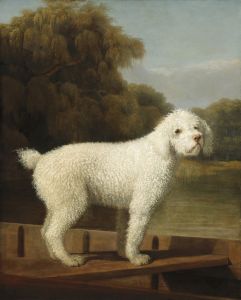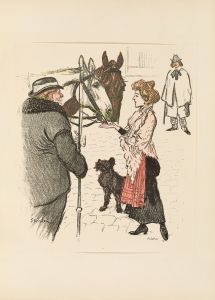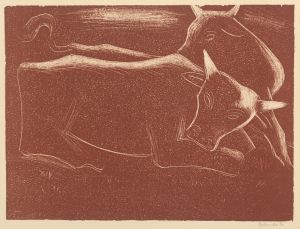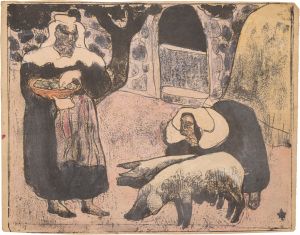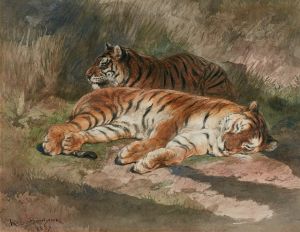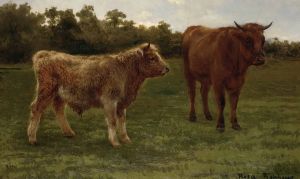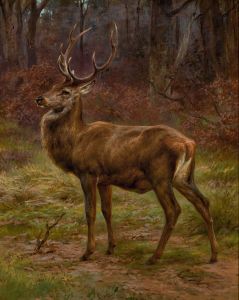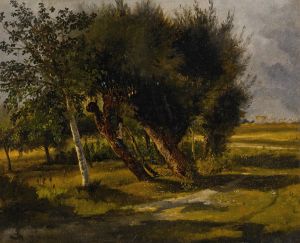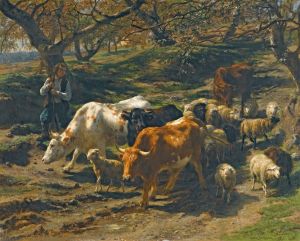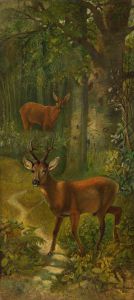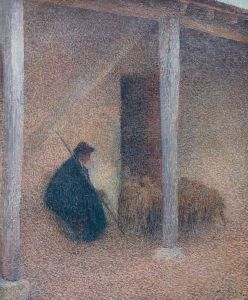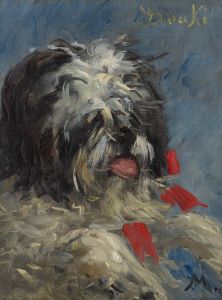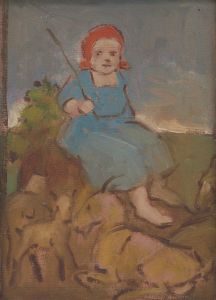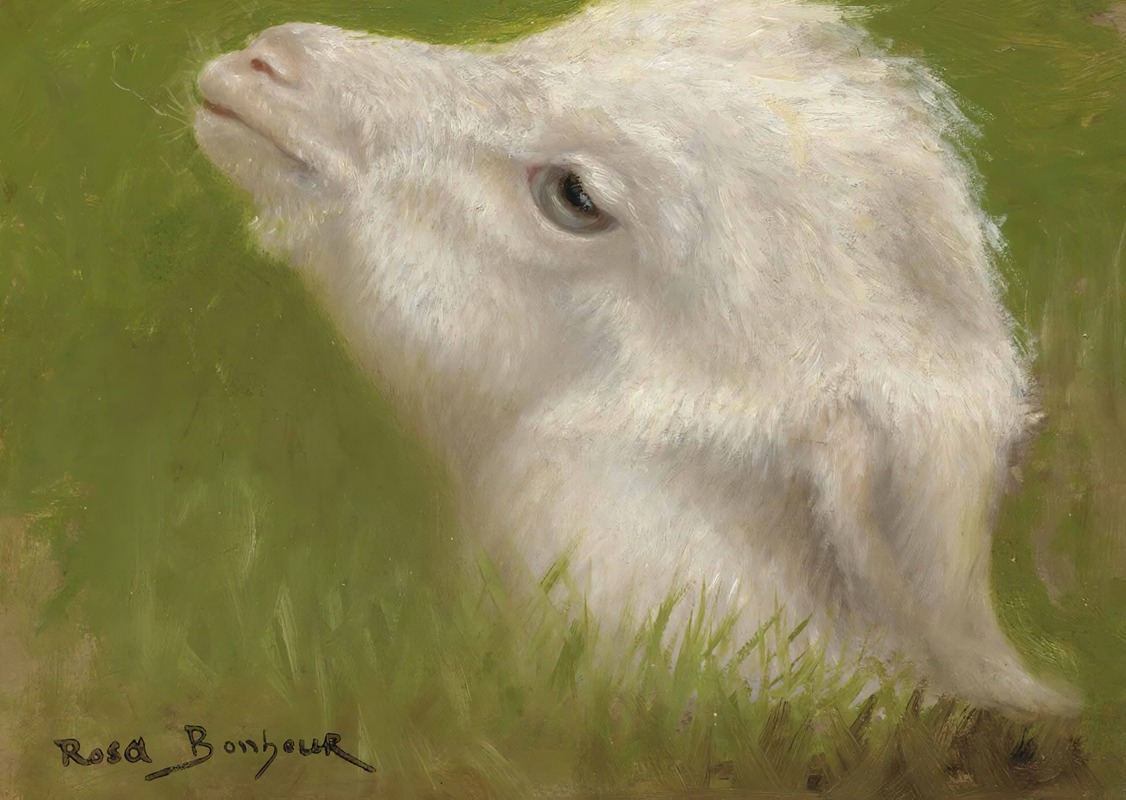
Head Of A Lamb
A hand-painted replica of Rosa Bonheur’s masterpiece Head Of A Lamb, meticulously crafted by professional artists to capture the true essence of the original. Each piece is created with museum-quality canvas and rare mineral pigments, carefully painted by experienced artists with delicate brushstrokes and rich, layered colors to perfectly recreate the texture of the original artwork. Unlike machine-printed reproductions, this hand-painted version brings the painting to life, infused with the artist’s emotions and skill in every stroke. Whether for personal collection or home decoration, it instantly elevates the artistic atmosphere of any space.
Rosa Bonheur, a renowned French artist of the 19th century, is celebrated for her realistic depictions of animals and rural scenes. Among her extensive body of work, "Head of a Lamb" stands out as a testament to her skill in capturing the essence and character of her animal subjects. Bonheur was born on March 16, 1822, in Bordeaux, France, into a family of artists. Her father, Oscar-Raymond Bonheur, was a landscape and portrait painter who encouraged her artistic pursuits from a young age. Rosa Bonheur's dedication to her craft and her keen observation of nature allowed her to become one of the most successful female painters of her time.
"Head of a Lamb" exemplifies Bonheur's meticulous attention to detail and her ability to convey the softness and innocence of her animal subjects. While specific details about the creation date and circumstances of this particular painting are not widely documented, it is consistent with Bonheur's broader oeuvre, which often focused on the natural world and its inhabitants. Her works are characterized by their lifelike quality, achieved through careful study and sketching of animals in their natural habitats.
Bonheur's approach to painting was methodical and scientific. She often visited farms, slaughterhouses, and livestock markets to observe animals firsthand, making numerous sketches to capture their anatomy and behavior accurately. This dedication to realism is evident in "Head of a Lamb," where the texture of the lamb's wool and the gentle expression in its eyes are rendered with remarkable precision. The painting reflects Bonheur's deep respect and admiration for animals, a theme that permeates much of her work.
Throughout her career, Rosa Bonheur broke barriers for women in the art world. At a time when female artists were often marginalized, she achieved significant recognition and success. Her most famous work, "The Horse Fair," exhibited at the Paris Salon in 1853, solidified her reputation as a leading animal painter. Bonheur's ability to capture the vitality and spirit of her subjects earned her numerous accolades, including the prestigious Legion of Honor in 1865, making her the first female artist to receive this honor.
"Head of a Lamb" is a smaller, more intimate work compared to some of Bonheur's grander compositions, yet it encapsulates her artistic philosophy and technical prowess. The painting invites viewers to appreciate the beauty and individuality of a single creature, highlighting Bonheur's belief in the intrinsic value of all living beings. Her work continues to inspire and resonate with audiences today, reflecting a timeless connection between art and nature.
Rosa Bonheur's legacy as a pioneering female artist and her contributions to animal painting remain influential. Her works are housed in major museums and collections worldwide, ensuring that her vision and talent continue to be celebrated and studied by art enthusiasts and scholars alike. "Head of a Lamb" is a poignant example of her ability to transcend the canvas and evoke a sense of wonder and empathy for the natural world.





